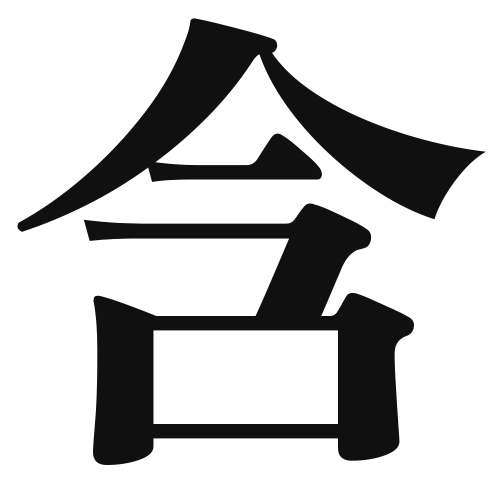1. Overview of Meaning
The kanji “含” (kan) means “to contain” or “to include.” It conveys the idea of holding something within or encompassing various elements.
2. Formation and Radical
Formation of the Kanji: The kanji “含” is a compound character (会意文字) that combines elements to convey its meaning. It consists of the radical for “mouth” (口) at the bottom, indicating the action of containing or holding, and the character “含” itself, which suggests the idea of inclusion.
Radical: The radical of “含” is 口 (kuchi), which means “mouth.” This radical is often associated with actions related to speaking, eating, or containing.
3. Examples of Usage
Common Words and Phrases: Some frequently used words that include “含” are:
- 含む (含む, fukumu) – to include, to contain
- 含有 (含有, gan’yuu) – inclusion, content
Example Sentences in Daily Conversation:
- このスープにはたくさんの栄養が含まれています。
(This soup contains a lot of nutrients.) - 彼の意見には多くの重要なポイントが含まれています。
(His opinion includes many important points.)
4. Synonyms and Antonyms
Similar Kanji: A kanji with a similar meaning is “包含” (hōgai), which also means “to include” but often refers to a broader or more abstract inclusion.
Opposite Kanji: A kanji with an opposite meaning is “除外” (jogai), which means “to exclude” or “to leave out.”
5. Cultural and Historical Background
Relation to Japanese Culture: The concept of “含” is significant in Japanese culture, where inclusion and harmony are valued. It reflects the importance of community and togetherness.
Proverbs and Idioms: One common expression is “含み笑い” (fukumiwarai), which means a smile that contains hidden feelings or thoughts, illustrating the nuanced meanings that can be contained within a simple expression.
